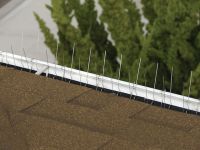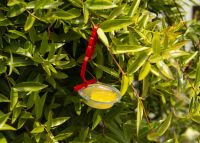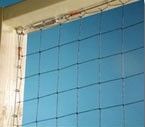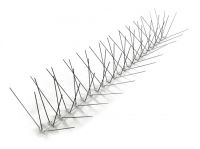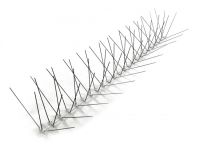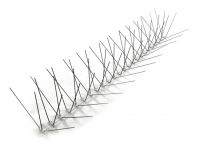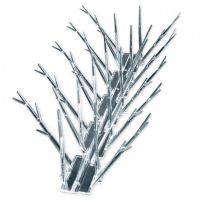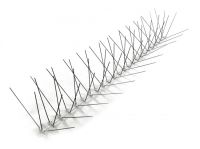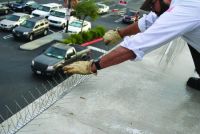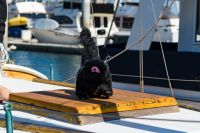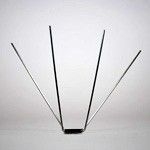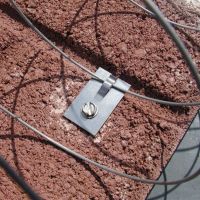Pigeon

Pigeon Problems & Identification
Pigeons have a varied diet and feel at ease making their homes in man-made structures. Pigeons generally nest in small, flat areas away from the ground such as building ledges, air conditioning units or window sills. Occasionally pigeons may even lay eggs directly on a unprotected ledge.
Exclusion is the solution.
Heavy Pressure sites with overnight roosts or if large flocks of pigeons are historically committed to the site requires 2” mesh Bird Net and/or Bird Shock at nesting, primary and daytime loafing areas.
Medium - Light Pressure areas - ledges, signs, parapets, beams, chimneys etc are effectively protected using most of the ledge type products: Bird Coil, Birdwire, bird spike, ledge products work
For ledge areas where the pigeons are not nesting or feeding, low-profile birdwire and pigeon traps can be effective pigeon control methods. However, trapping or other kinds of flock dispersal will not work where pigeons are nesting or when there are food or water sources present as these birds will be especially determined to remain.
Bird Scare - audio / visual - products are generally ineffective unless applied at the very beginning of the pigeon problem. These products are typically used as a re-enforcement to a exclusionary system although the Rotating Owl, Holographic owl, and Firefly have succeeded when installed at the outset of the infestation. Pigeons do not have alarm / distress sounds but will sometimes respond to raptor sounds.
Damage Caused by Pigeon Problems
The uric acid in pigeon feces is highly corrosive and can cause extensive damage to metals and other building substrates. Nesting materials can back up gutters and roof drains causing flooding and roof damage. Nesting and other debris has caused failures in machinery, especially rooftop air conditioning units (a prime nesting spot for pigeons). Pigeon feces presents a slip and fall liability and present an unclean, dirty company image. The bacteria, fungal agents and ectoparasites found in pigeon droppings can carry a host of serious diseases, including histoplasmosis, encephalitis, salmonella, meningitis, toxoplasmosis and more.

